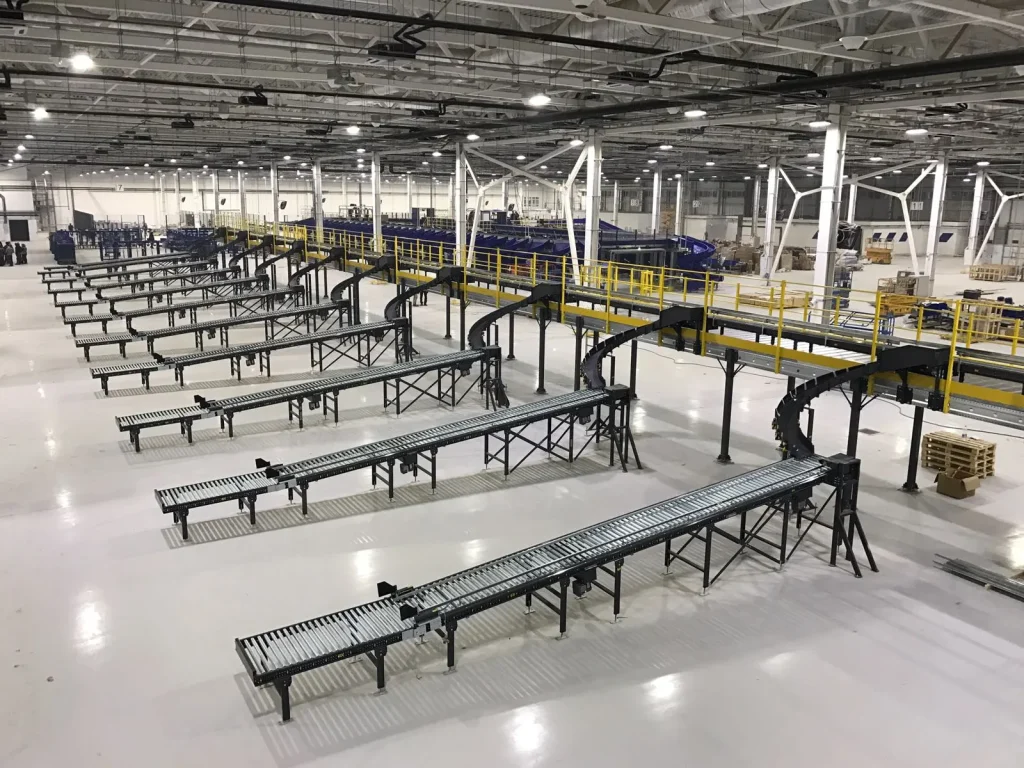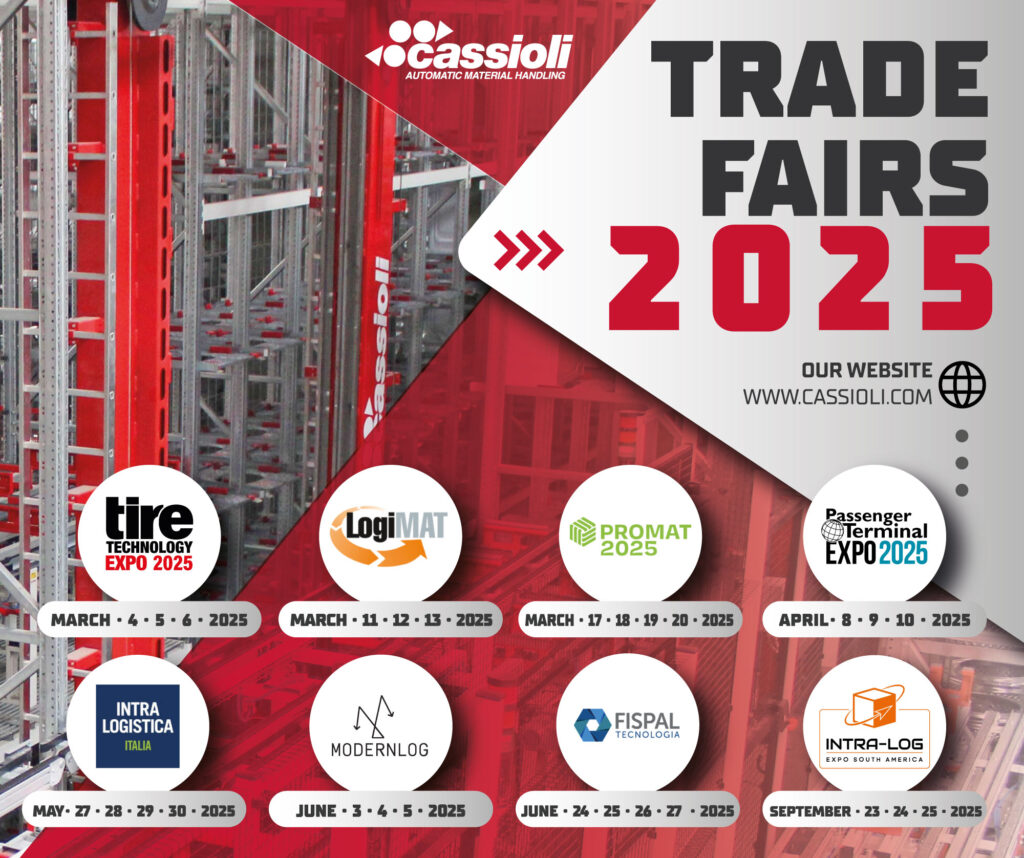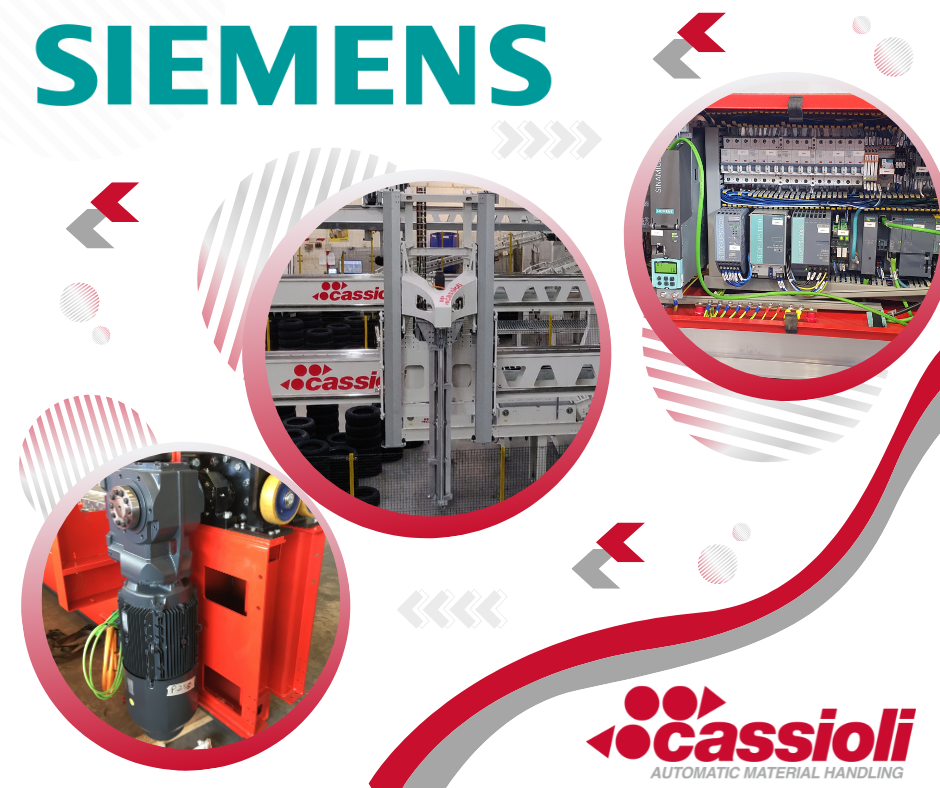Preparing orders in the most correct, fast, and precise manner not only affects business efficiency but also the level of service offered to the customer. That is why picking systems have become a significant lever for competitiveness, especially in a modern context where important factors such as order accuracy, availability, delivery speed, and precision need to be taken into account.
The composition of an order involves grouping certain items, materials, and components in preparation for shipment to logistics centers or for specific processing in a production cycle. For these operations, it is essential to rely on an automated warehouse equipped with an efficient picking system. Picking refers to all operations involving the movement of goods, whether it be picking or loading: this merchandise can be picked from a shelf as a single unit or as a pallet, systematically monitoring all inflows and outflows from the warehouse through seamless integration between logistics and computer systems. This allows for important inventory control, thanks to an up-to-date overview of the constantly updated warehouse.
A company that invests in an automated distribution center increases the speed and accuracy of many processes that were previously carried out by humans, with greater risks to both the safety of people and the goods themselves.
A highly automated distribution center offers several significant advantages for companies, such as:
- Greater speed and efficiency: Automation reduces the time required to perform distribution activities. Automated systems can handle demanding processes like organization, handling, and packaging of goods much faster than manual labor. This leads to faster product delivery to customers and overall operational efficiency.
- Fewer errors and greater precision: Automated systems reduce the risk of human errors in the distribution process and can be programmed to perform specific tasks accurately and consistently, minimizing picking, packaging, or labeling errors. This results in more precise delivery of the correct products to customers.
- Space optimization: A highly automated distribution center can optimize the use of available space. Automated systems can employ technologies such as vertical storage systems, robots, or conveyors to maximize storage space and minimize empty spaces. This allows for handling a larger volume of goods within the same space or reducing the physical size of the distribution center.
- Efficient inventory management: Automation facilitates more precise and detailed inventory management. Automated systems can track every product movement within the distribution center, providing better visibility of stock. This helps prevent overstocking or product shortages, enabling more accurate inventory planning and reducing costs associated with capital immobilization.
- Adaptability to demand fluctuations: A highly automated distribution center can quickly adapt to demand fluctuations. Automated systems can handle peaks in activity without the need to significantly increase the workforce. This allows for maintaining operational continuity even during periods of high demand or special promotions, improving customer satisfaction and reducing waiting times.
- Long-term reduction in operating costs: Although initial investments in automation may be significant, automation of distribution centers can reduce overall operating costs in the long run. Automated systems require less labor and can operate continuously, reducing costs related to labor, insurance, training, and general expenses associated with personnel management.
Cassioli offers specific automated systems for distribution centers, with picking solutions equipped with different technologies, each compatible with specific needs and different production scenarios. Distribution centers and picking systems differ from each other in terms of performance and operational methodology.
For each distribution center, a preliminary logical understanding of the design process is always necessary in relation to the contextual data:
- Key information about the article (Stock Keeping Unit): dimensions, type of load unit, weight, article per box, box per layer, layer per pallet, etc.
- Order statistics, order lines, order seasonality
Cassioli offers different picking systems, each compatible with a specific scenario. In certain cases, the solution can be represented by the joint adoption of different solutions.













